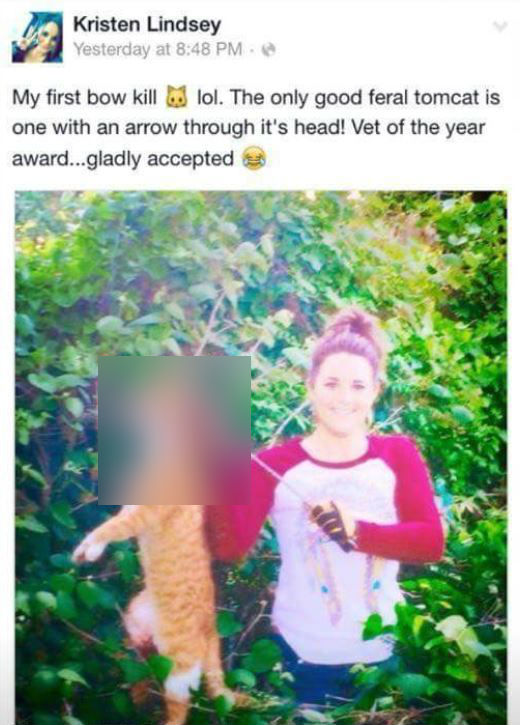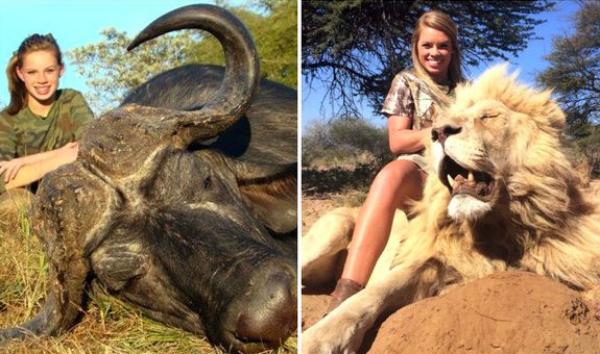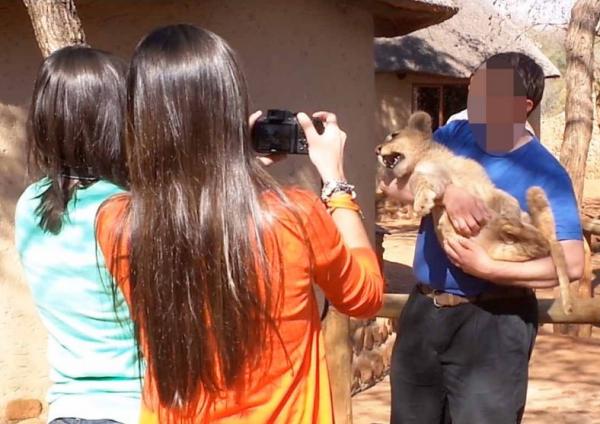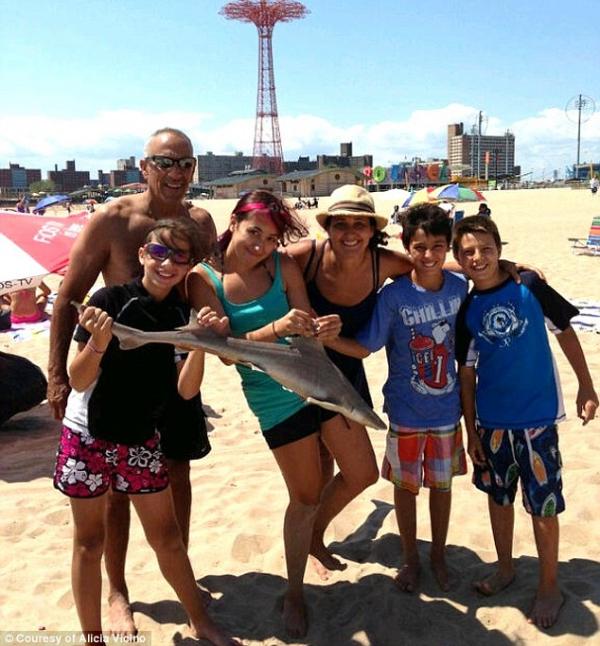
The number of selfie-related deaths and accidents seems to be on a rise. But how far would you go to take that perfect shot? For one group of over-excited tourists on a beach in Argentina, a good photograph seems to outweigh the life of an animal.
Not only did the group of tourists pick out two baby dolphins from the water but also passed them around for selfies under the scorching sun. One of the two dolphins did not survive the ordeal.
Dolphins cannot stay out of water for too long. Their thick and greasy skin loses moisture quickly - putting them at the risk of dehydration and immediate death.
It is also important to mention that Franciscana dolphins are listed as a "vulnerable" species, found only in the waters of southeastern South America.
'Brutal megalomania'
A psychological study conducted last year connected selfie-love to narcissism and psychopathy. Both narcissists and psychopaths have zero or extremely low empathy for other living beings.
The dolphin incident is not the first time that animals have fallen prey to megalomania.
Here are some gruesome examples that prove that humans can sometimes be the most inhumane species of them all.
1) In a similar incident, a baby shark died at the hands of tourists attempting to get the perfect selfie with the stranded animal at a beach in New York. Recalling the incident one of the eye-witness Joanna Zelman told the Inquisitr-
"A big man with thick muscles and deeply tanned skin won the grab-off with two hands on the animal. 'Joey! Hey Joey take my picture!' he shouted to a friend. The shark's torso stopped wiggling, and he slowly gaped his mouth once, and then let it hang open. 'You guys! I think the shark is dying!' I exclaimed. A few heads turned my way, then returned back to taking photos. 'This shark is dying. You guys are literally killing this shark for a photo, can't you see that?' I asked."
2) Dr Kristen Lindsey, a vet from Texas, invited social media outrage when she posted a picture of her holding a dead cat that she had shot. "The only good feral tomcat is one with an arrow through its head. Vet of the year award.Gladly accepted".

To Lindsey's horror, the animal she assumed was a "feral cat" turned out to be Tiger, a six-year-old cat, beloved to an elderly couple. Lindsey was fired from her clinic and was charged under animal cruelty.
3) Rebecca Francis, a 41-year-old hunter and mother of eight from Utah who regularly posts selfies with dead animals on her website, was blasted by comedian Ricky Gervais, in a series of tweets.

But his words seemed to have no effect on Francis, who first hogged headlines when she won the US reality show Extreme Huntress. Not only does she own a frightening number of photos with her posing with dead animals, but she has come on board to say that she "didn't regret it for one second". She claimed the kill was to feed hungry African villagers who also used the remains to craft jewellery and ornaments to sell. Keep telling yourself that, Francis.
4) In 2014 abut 40,000 people signed a petition asking the social media website to remove numerous photos posted by 19-year-old Kendall Jones, a hunter from Texas who would regularly pose with photos of dead or tranquilized animals she had hunted - including a lion, rhino, antelope, leopard, elephant, zebra and hippopotamus.

Photo: Cater
Another heart-breaking incident which took social media by storm was the killing of Zimbabwe's beloved Cecil the Lion by Minnesota-based dentist Walter Palmer. Not only did Palmer express no regret for the brutal killing, but also posed with 'his trophy kill'.

Photo: Rex/Shutterstock
5) In 2015, the World Animal Protection (WAP) released a report titled Breeding Cruelty: How Tourism Is Killing Africa's Lions. According to the report, lion cubs as young as one-week-old were separated from their mothers and then forced into a facility where tourists "manhandle" the cubs and use them for "endless" photo opportunities.

Photo: World Animal Protection
When old enough, the animals are forced to participate in the "walking with lions" tourist activities. Once they become too big and dangerous to be around tourists, the lions are then sold back to the lion farms to be introduced into canned hunting facilities or euthanasia. For the uninitiated, canned hunting is when lions are released into an enclosure, making them easy targets for hunters.




![BJP's Kapil Mishra recreates Shankar Mahadevan’s ‘Breathless’ song to highlight Delhi pollution [WATCH] BJP's Kapil Mishra recreates Shankar Mahadevan’s ‘Breathless’ song to highlight Delhi pollution [WATCH]](https://images.catchnews.com/upload/2022/11/03/kapil-mishra_240884_300x172.png)

![Anupam Kher shares pictures of his toned body on 67th birthday [MUST SEE] Anupam Kher shares pictures of his toned body on 67th birthday [MUST SEE]](https://images.catchnews.com/upload/2022/03/07/Anupam_kher_231145_300x172.jpg)






